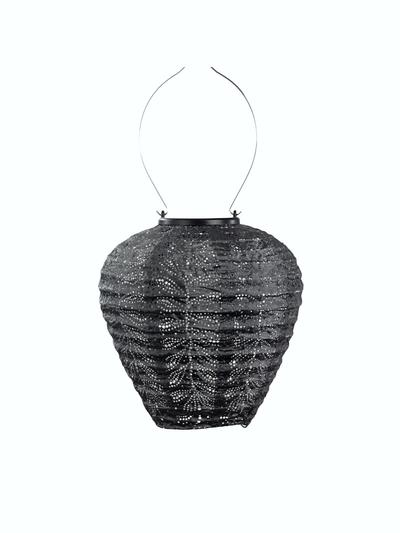- Home >
- Gardener's Gifts & Accessories >
- Garden Decor >
- Garden Decor Blue Bird Garden Charm on Stick
Related Products
- Lumiz Lantern Balloon 20cm Dark Grey Folia
 Read More
Read More - Lumiz Lantern Jar 30cm Dark Grey Spectare
 Read More
Read More - Lumiz Lantern Round 20cm Copper Sashiko
 Read More
Read More - Lumiz Lantern Round 20cm Light Taupe Spectare
 Read More
Read More - Lumiz Lantern Round 30cm Light Taupe Ikat
 Read More
Read More - Lumiz Lantern Tulip 20cm Sage Green Bazaar
 Read More
Read More








